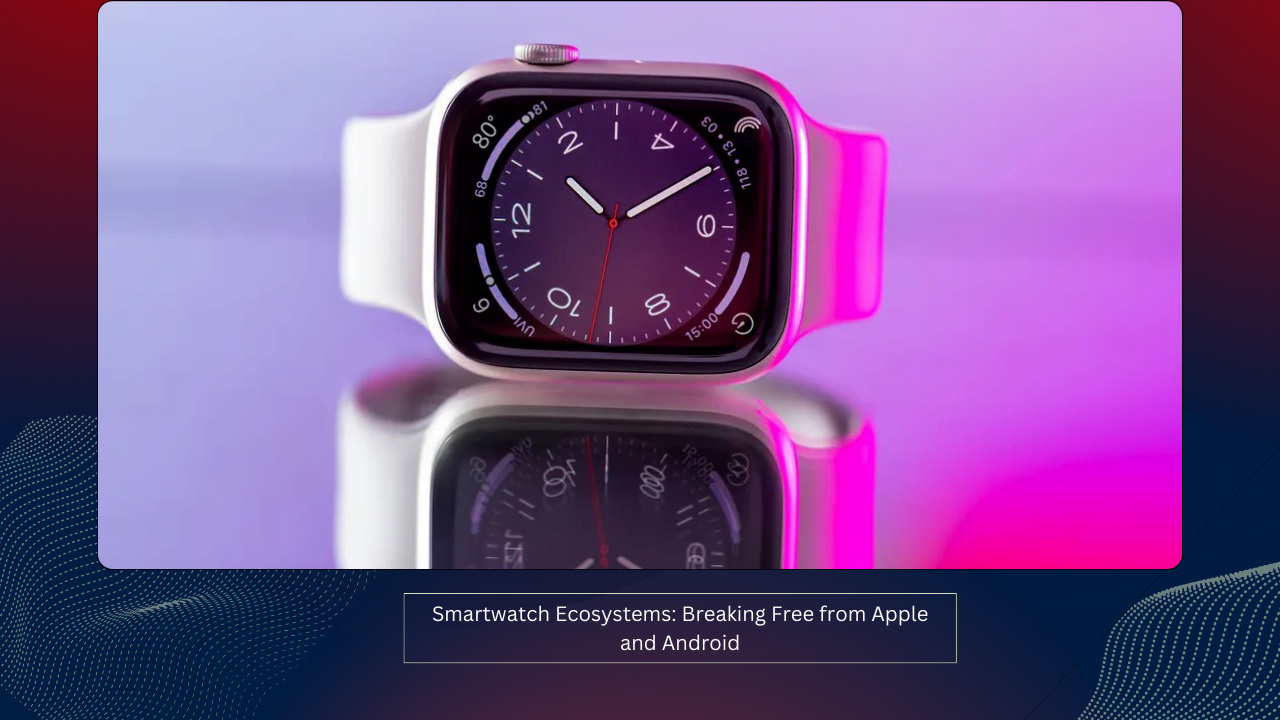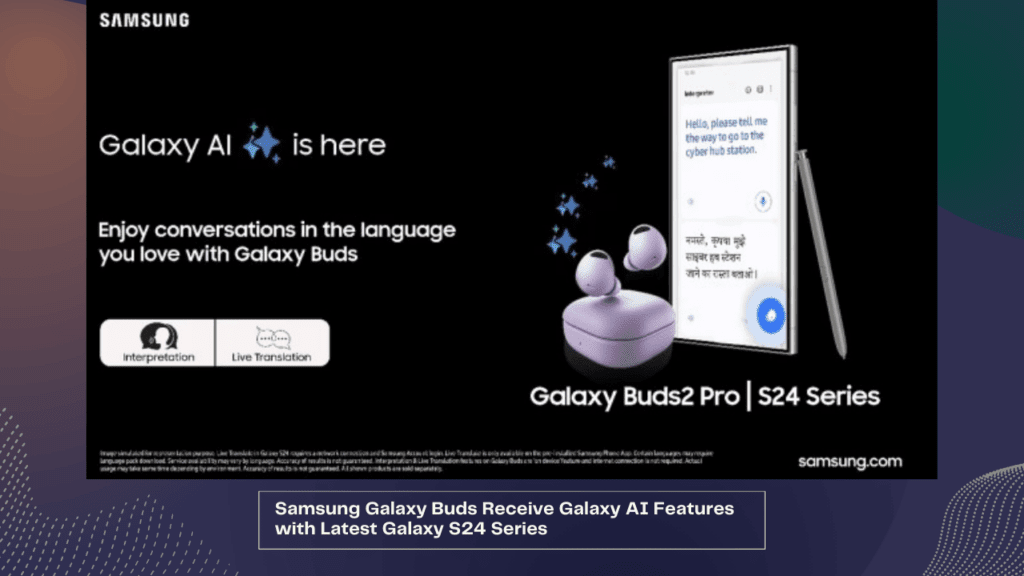
Smartwatch Ecosystems: Breaking Free from Apple and Android
By Victoria Song, The Verge
Published: Mar 22, 2024, 6:37 PM GMT+5:30
Smartwatches have become indispensable accessories, offering a blend of functionality and style. However, the dilemma arises when choosing between Apple and Android ecosystems, a choice that often feels restrictive. As wearables evolve, the prevalence of ecosystem lock-in is becoming increasingly evident, leaving consumers longing for greater freedom of choice.
The symbiotic relationship between the Apple Watch and iPhone is well-established. Unfortunately, this integration often leaves users tethered to the Apple ecosystem. The U.S. Department of Justice highlighted this phenomenon, emphasizing how smartwatches serve as accessories that perpetuate ecosystem loyalty. For many, investing in an Apple Watch cements their commitment to iPhones, hindering the possibility of switching to alternative devices.
Acknowledging this, Apple strategically positions the Apple Watch as a deterrent to customer migration. This tactic has proven highly effective, particularly as the Apple Watch solidifies its position as the premier smartwatch globally. The dominance of the Apple Watch further exacerbates the challenge of exploring alternatives, reinforcing the allure of the Apple ecosystem.
The repercussions of this ecosystem-centric approach are evident in the evolution of Wear OS. Initially, Wear OS watches offered compatibility with both iPhone and Android devices, providing users with a degree of flexibility. However, recent developments, such as the collaboration between Google and Samsung to introduce Wear OS 3, have signaled a shift towards Android exclusivity. As a result, platform-agnostic options are dwindling, leaving consumers with fewer choices for cross-platform compatibility.
The ramifications extend to other players in the market, with companies like Fitbit, Fossil, and Mobvoi facing pressure to align their offerings with specific ecosystems. The advent of Wear OS 4 further reinforced this trend, confining the latest updates to Android devices and marginalizing iOS users. The departure of Fossil from the smartwatch market and the restricted compatibility of Mobvoi’s TicWatch Pro 5 exemplify the challenges faced by manufacturers striving to cater to diverse user preferences.
Amidst these developments, it’s evident that Google, Samsung, and other smartwatch manufacturers are prioritizing ecosystem cohesion over universal compatibility. The allure of a seamless user experience within a single ecosystem outweighs the effort required to cater to users across disparate platforms. Furthermore, limitations imposed by Apple, such as restricted API access, further constrain the ability of third-party manufacturers to deliver a consistent experience across ecosystems.
Looking ahead, the emergence of devices like the Samsung Galaxy Ring raises concerns about further ecosystem entrenchment. With rumors suggesting integration with Samsung’s proprietary apps and services, the potential for ecosystem reinforcement is palpable. As manufacturers leverage wearables to deepen ecosystem ties, consumer choice becomes increasingly constrained, a sentiment echoed by the U.S. Department of Justice.
In conclusion, while the allure of seamless integration is undeniable, the consolidation of ecosystems poses challenges for consumers seeking diverse options. As smartwatches evolve, fostering an environment of interoperability and consumer choice is imperative to ensure a vibrant and competitive wearable market.

